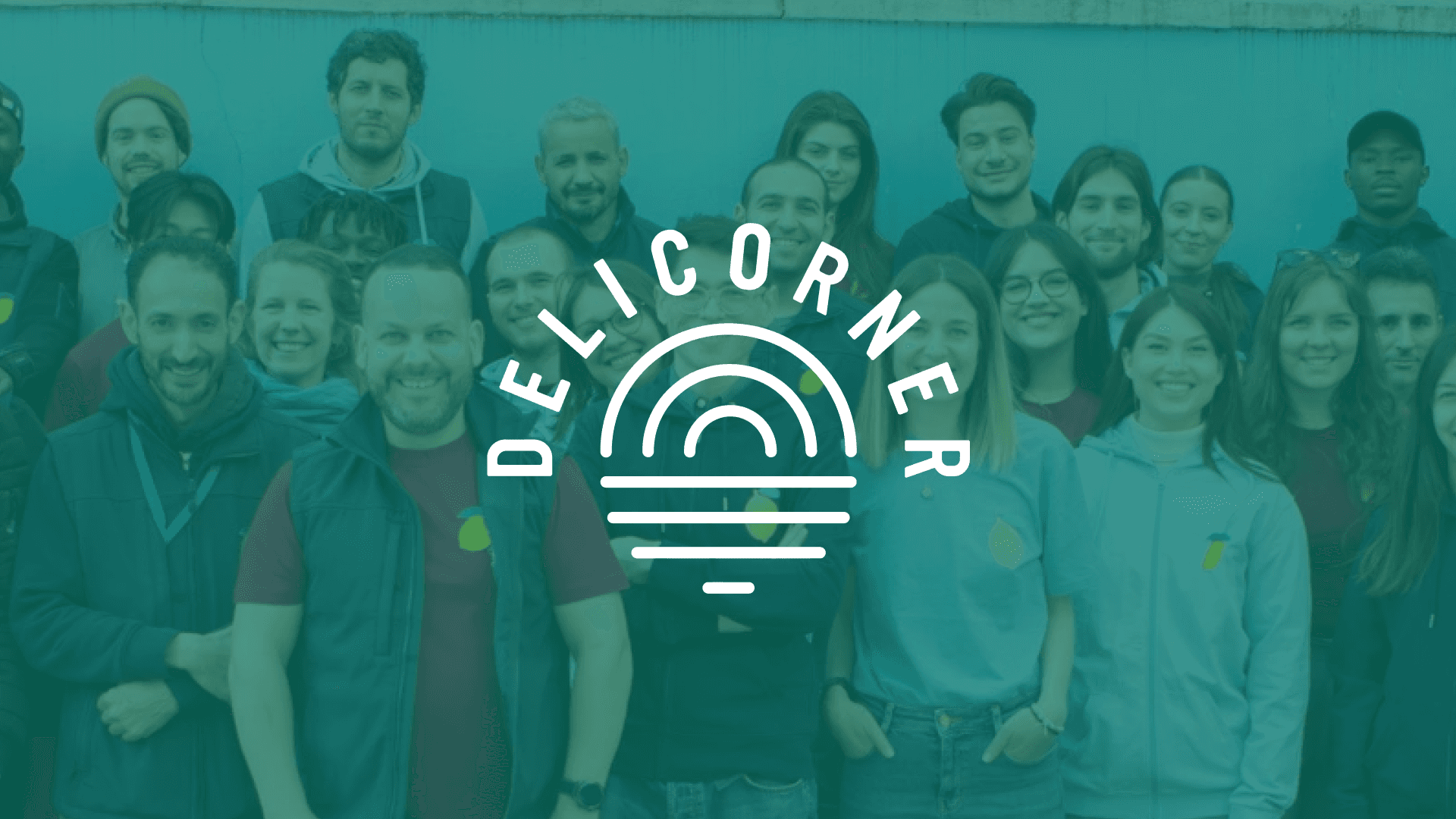What is Flow in the Context of Work and Creativity?
Is elevating your team's performance and creativity to new heights on your agenda? Introducing the concept of "Flow" — a psychological state where productivity and innovation seamlessly merge, dramatically enhancing work quality and output. This elusive yet powerful state could be the lever that propels your business beyond the competition.
At Jimo, we're captivated by the potential of tapping into this optimal experience. It's more than just working smarter; it's about unlocking a level of engagement and creativity that sets new standards of excellence.
Understanding the concept of flow in work and creativity
Key Concept: Defining Flow
The concept of Flow can be traced back to the works of Mihály Csíkszentmihályi, an eminent psychologist known for his research in the domain of happiness and creativity. Primarily, flow is a prominent state of absorption where an individual fully immerses themself in a task at hand, rapt in a feeling of energized focus. This focus leads to enhanced productivity, creativity and enjoyment.
Characteristics of Flow in Work and Creativity
The manifestation of Flow is notable through several key features. It often involves complete concentration on the task, a clear understanding of goals and immediate feedback on the task's progress. Interestingly, during the state of flow, individual's experience a distorted sense of time - hours may seem like minutes. Lastly, the task becomes intrinsically rewarding; that is, the output or end product is not the only driver, but the process itself is equally, if not more, satisfying.
The Importance of Flow in Workplace
In a professional setting, cultivating the state of Flow has numerous benefits. It directly boosts productivity and creativity, enabling professionals to produce high quality work while enjoying the task. The state of Flow can enhance problem-solving skills, contribute to innovative thinking, and subsequently lead to progress in career. It's also beneficial for mental wellbeing, as Flow reduces stress while promoting satisfaction and happiness at work.
Inducing the Flow State
Csíkszentmihályi provides guidelines to induce the flow state:
Set clear and achievable goals: Domains are where you can attain flow, thus disconnect from external distractions and immerse fully in the task.
Seek continuous and immediate feedback: This allows adjustments to be made when required, keeping the flow intact.
Balance challenges and skills: Tasks should be challenging yet within one's capabilities. Too much complexity can lead to anxiety, while easy tasks may result in boredom.
Application in SaaS
In SaaS businesses, flow can be particularly useful during the stages of user onboarding and product engagement. An intuitive and seamless walkthrough that keeps users engaged and offers immediate feedback can help create a state of Flow, making users more likely to understand and enjoy the product.
Applying flow to enhance productivity and innovation in the workplace
Understanding the Concept of Flow in a Workplace Context
"Flow" is a term that's been buzzing around productivity and innovation circles in recent years, but what does it truly mean? Simply put, flow is a psychological state where an individual is fully immersed in an activity, resulting in heightened focus and optimal productivity. It's a feeling of being deeply involved, focused, and enjoying the process of an activity to the extent that other needs become less important. Flow, as a concept, was first introduced by psychologist Mihaly Csikszentmihalyi. In the context of a workplace, the idea is to create an environment where employees can achieve this state of flow, resulting in increased productivity and innovation.
The Benefits of Achieving Flow in the Workplace
Why is achieving a state of flow in the workplace so important? The benefits are multifold:
Increased Productivity: The most obvious benefit of achieving a state of flow in the workplace is improved productivity. When employees are in the flow, they're able to work faster and more efficiently, leading to higher output.
Enhanced Creativity and Innovation: When in a state of flow, individuals are known to be more creative and innovative. This is particularly beneficial in workplaces that rely heavily on creative thinking and innovative problem-solving.
Higher Employee Satisfaction: Being in a state of flow is associated with a high level of satisfaction. Employees who regularly achieve this state are likely to be more content with their jobs, leading to better retention rates.
Integrating Flow into your Workplace
So, how can companies integrate flow into their workplaces? Here are some strategies to consider:
- Eliminate Distractions: One of the biggest impediments to achieving flow is distractions. Whether it's noise, interruptions from colleagues, or simply the ease of access to social media, these distractions need to be minimized or eliminated.
- Autonomy and Skills: Another ingredient for flow is a balance between the challenges at hand and the skills of the person. Companies should foster an environment where employees have the autonomy to use their skills to tackle the tasks and challenges presented to them.
- Provide Clear Goals and Immediate Feedback: Clear goals, swift feedback, and a deep understanding of the task at hand are critical in achieving flow. Achieving this clarity and immediacy in the work environment allows employees to understand the direct impact of their actions, increasing their involvement in their tasks.

Measuring the Impact of Flow
As with any other initiative, it's important to measure the impact of integrating flow into your workplace. Improvements in productivity, increased levels of creativity and innovation, and higher employee satisfaction rates are clear indicators of a successful incorporation of flow.
To sum it up, the concept of flow aims to enhance the work environment by fostering a state of heightened focus and enjoyment in the tasks at hand. By understanding and integrating flow into the workplace, companies can significantly boost productivity, spur innovation, and increase employee satisfaction. Being in the state of flow is more than just about work, it’s about creating a positive and rewarding work experience.
Related Glossary
Automation Strategy
Business Process Automation
Business Process Standardization
Cost Optimization
Cross-Functional Collaboration
Customer Centricity
Data Silos
Data-Driven
Digital Tools
Generative AI
Hyper-targeted
Hyperautomation
Implement
IT Roadmap
IT Strategy
Lead Measure
Positioning
Product Features
Product Manager
Product Marketing Manager
Product Positioning
Quick Wins
Roadmap
Segmentation
Silo
Tailored Product
Tool-tip
Total Quality Management
Touchpoint
User Experience



